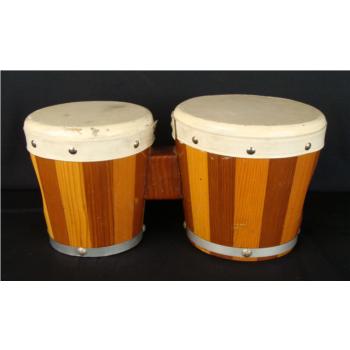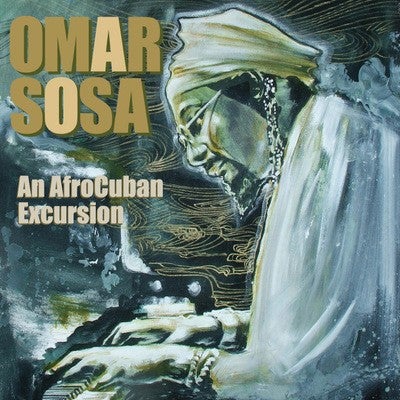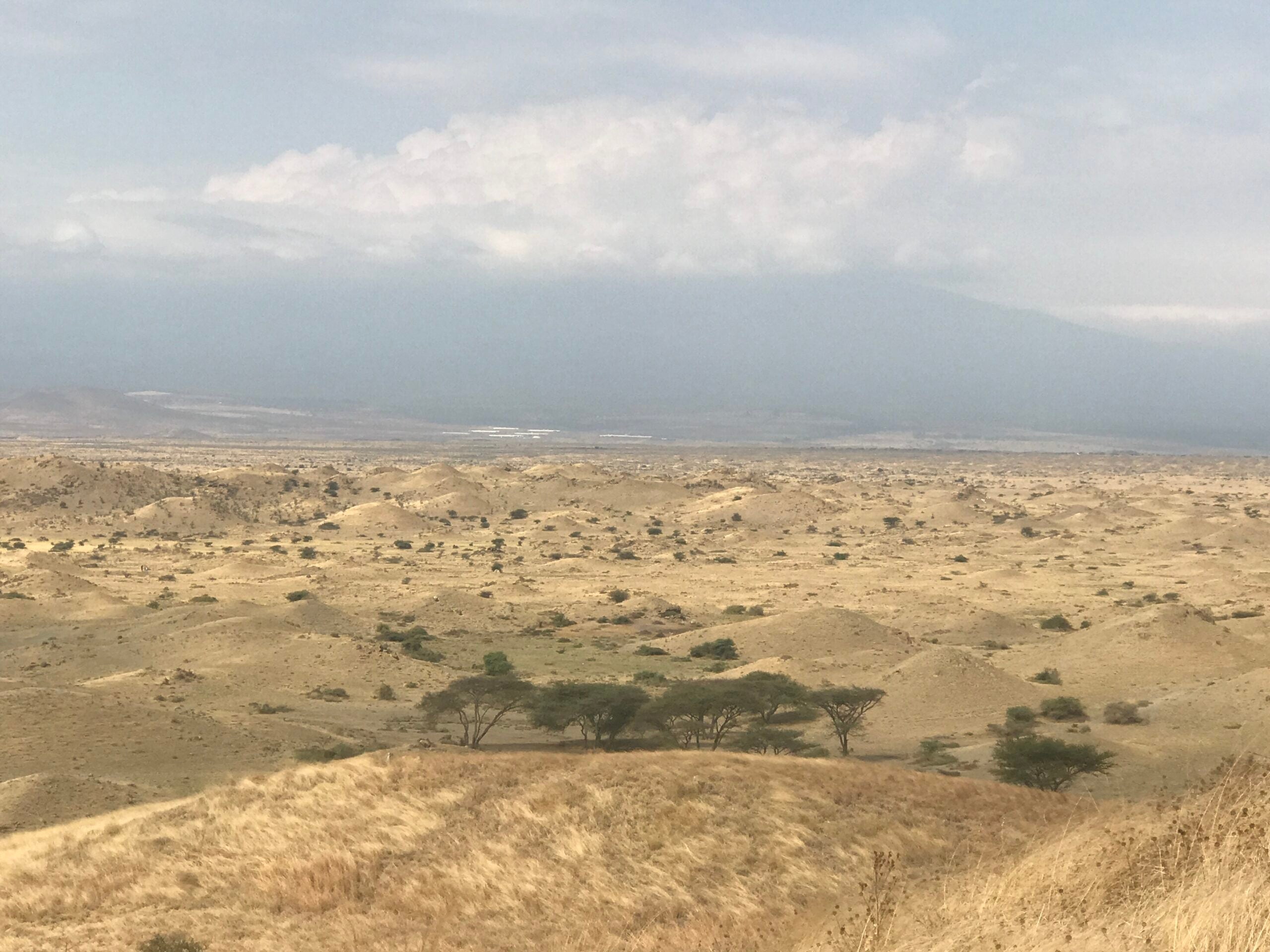Bongos (Spanish: bongó) are an Afro-Cuban percussion instrument consisting of a pair of small open bottomed drums of different sizes. In Spanish the larger drum is called the hembra (female ) and the smaller the macho (male). They are membranophones, or instruments that create sound by a vibration of a stretched membrane. Most sources on Afro-Cuban cultural history argue that the bongo derives from Central African (Congo/Bantu) drum models, noticeable in the open bottoms.
Additionally, a Santería influence from Yoruba culture in the symbolic “twin” drum is assumed. The strong historical presence of Africans from the Congo/Angola region in Eastern Cuba (where the bongo first appeared) makes such an influence probable.
Moreover, Central African/Congo influences are also documented in the Cuban son music genre, including changüí, and initially the development of the bongo drum went parallel with these genres.
Stay informed on the latest news
Sign up for WPR’s email newsletter.
From such conceptual African drum models, the bongo drum developed further in Cuba itself, and some historians state that the attaching of the two drums was a later invention that took place in Cuba.
.
Wisconsin Public Radio, © Copyright 2025, Board of Regents of the University of Wisconsin System and Wisconsin Educational Communications Board.



